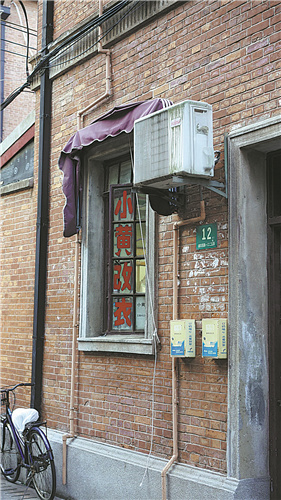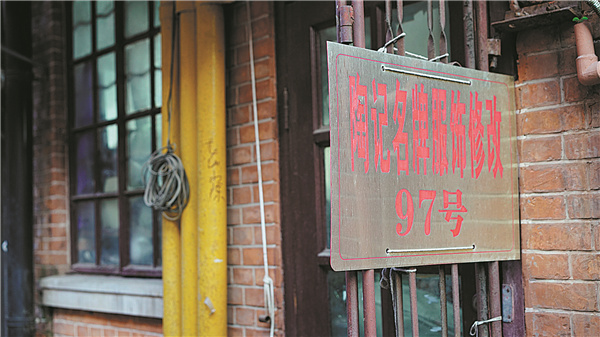

"Each set of ready-to-wear clothes has a different model and cutting. A good tailor needs to make it fit the customer's body shape without damaging the original model," Tao says.
Tao explains that altering a suit begins with measuring the shoulder width, chest, waist, sleeve length and other dimensions. Then comes removing the lining, drawing, cutting and resewing the suit according to the customer's body shape while keeping the original model.
"Each step takes time and consumes labor and it takes a skilled tailor about two days to change a suit," Tao says.
Over the years, e-commerce has made an impact and orders received by those tailor stores have decreased. Among the five stores, only Tao Ji still hires tailors to help.
At the same time, emerging online altering platforms, such as eTailor, which provide a more convenient clothing altering mode, are attracting customers from the traditional tailoring industry.
The high offline cost also made it hard for alteration stores to survive. Tao Ji pays a 5,000 yuan ($774) rent per month while Mei Mei pays 7,000 yuan.

But Tao says the biggest challenge of the alteration business is not about rent or emerging competitors but that there are no successors.
"Tailoring now is a job that needs a lot of effort but has less income. So there are few young people who are willing to learn the skill," Tao says.
Tao once met a college student who majored in fashion design, who asked him to help her cut the graduation works because she only knew how to draw.
"You need to have a concept of the material selection and cutting methods in your mind before drawing. And all process needs to be completed by yourself. Otherwise, how can you become a designer?
"Our designers have ideas but lack basic skill. In Europe, most young designers learn skills and theories together, and we should provide more opportunities for our young designers to not only learn but also practice," he adds.